For numerous electronic products sold today, markings such as characters, text, and symbols are applied to component surfaces using laser or alternative methods. This article delves into the various methods and regulations of the markings, emphasizing the importance of accuracy, quality, and compliance.
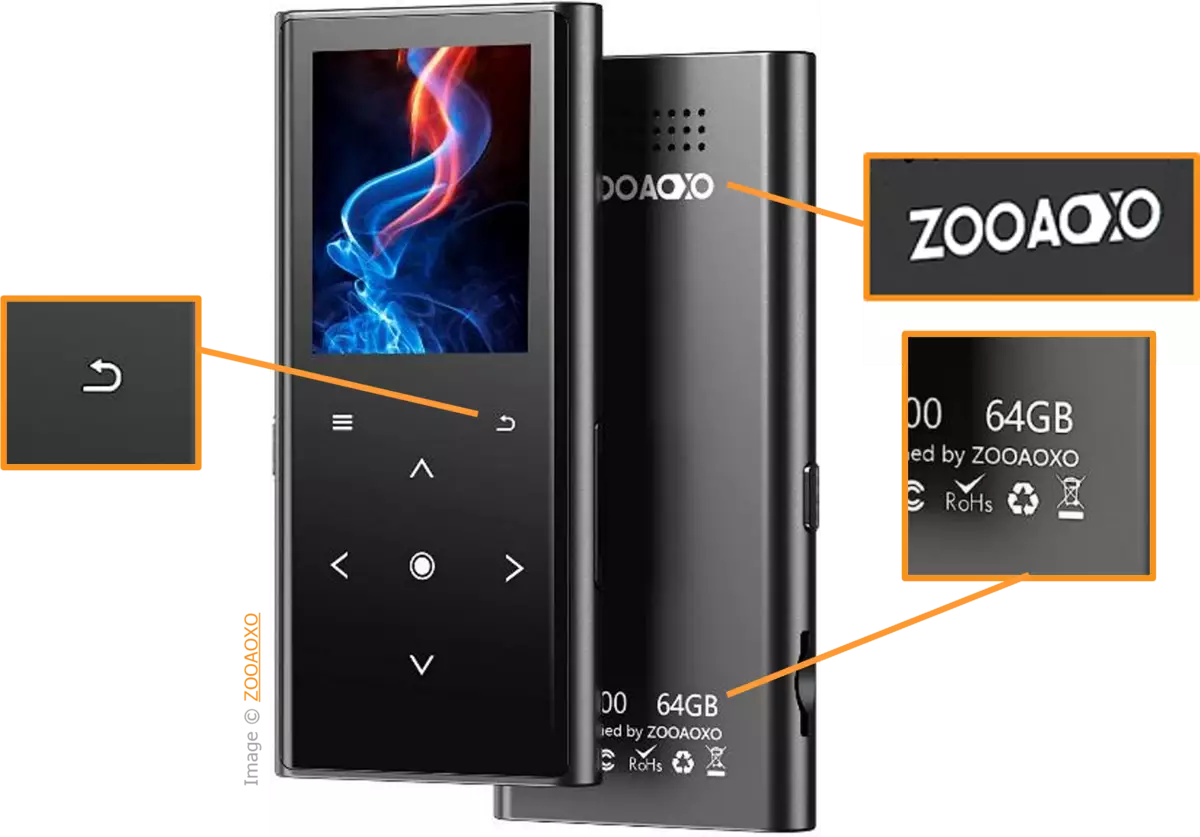
Examples of a few types of markings on a consumer electronics product. Image Credit: Radiant Vision Systems
Some markings are required to provide user instructions or operational information for device control. Manufacturers also utilize markings for quality control and tracking purposes, including lot numbers or serial numbers, while additional marks may be for branding purposes, such as logos.
Various products are also governed by regulations that require specific information to be displayed on the product, for instance, the CE mark in the EU. Products containing hazardous materials may also require a RoHS safety mark.
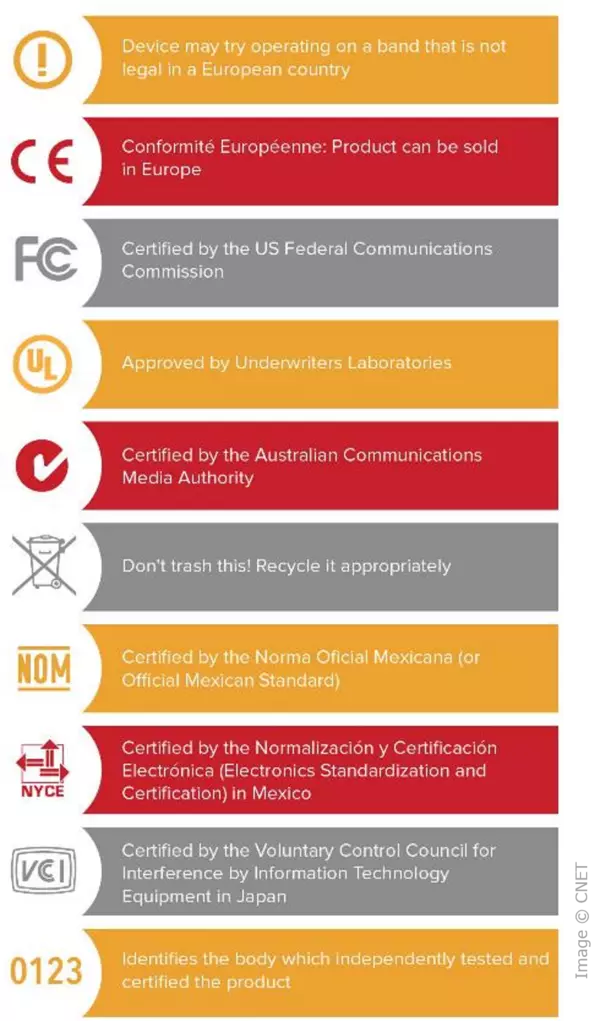
Examples of the varous product regulations and markings around the globe. Image Credit: CNET
These standards typically mandate the presence of specific markings on products. They also necessitate that these markings endure the entire product lifespan, meaning they must resist easy removal or smudging and be resistant to solvents, among similar criteria. Many manufacturers choose permanent marking methods, such as laser etching.
Once applied, manufacturers must inspect markings to ensure both accuracy and quality:
- Are they the correct numbers, letters, and symbols?
- Are they in the correct orientation and location? For instance, are they not rotated or upside down?
- Are the characters properly formed and legible?
- Do they meet brand color specifications?
- Do they conform to the specifications of any regulatory requirements?
Marking Quality Considerations
Verifying and inspecting markings for these criteria is challenging, partly because of the required range of validations and measurements. Reading serial numbers and checking test accuracy is typically considered an optical character recognition (OCR) function.
Assessing the visual appearance and quality of markings involves a different and complex set of functions. Inspecting the formation and shape to ensure markings are complete (that is, there are no inclusions or exclusions) can be a machine vision task, whereas evaluating color and contrast may require a spectrometer. In some settings, human inspectors are still employed for these tasks.
The markings may be applied to various surface types, including plastic, ceramic, metal, or glass, and in various contrast levels and colors, adding to the complexity of the inspection process.
Application methods include lasers (fiber, CO2, UV), print (such as inkjet), chemical etch, paint jet, UV LED, and mechanical (such as scribing, dot peen, stamping). Markings may also be extremely small—for instance, the single stroke width of a letter may measure just tens of microns.
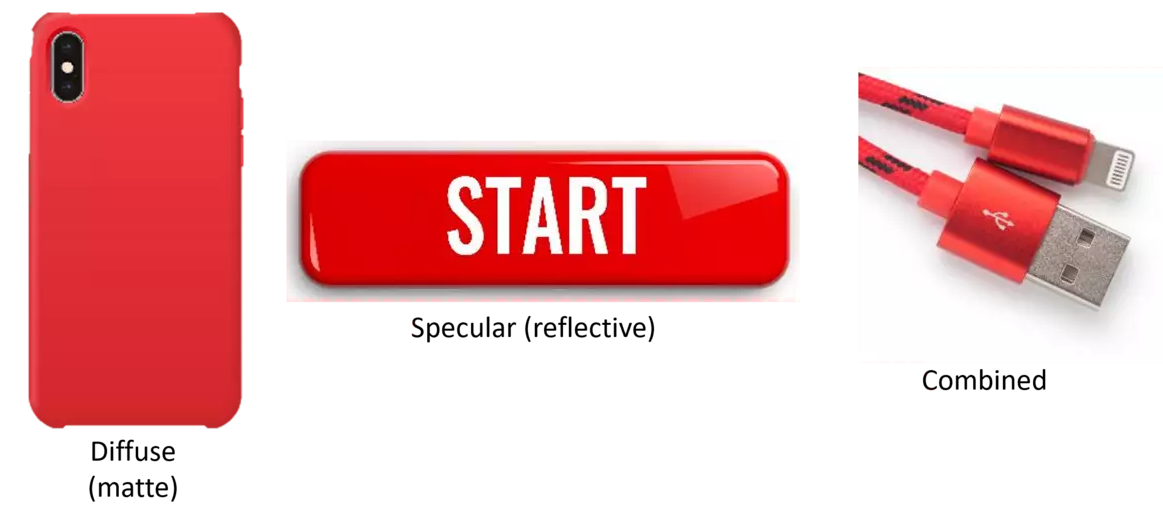
Markings applied to different surface finishes. Image Credit: Radiant Vision Systems
With this varied set of requirements, manufacturers require a solution that can verify multiple parameters simultaneously. Radiant's new Area Color Inspection System (ACIS™) utilizes the capabilities of its ProMetric® Imaging Colorimeters in an innovative configuration to conduct high-resolution, precise color and quality measurements. ACIS can simultaneously:
- Verify text/numbers are correct
- Enable measurement of multiple points simultaneously to assess uniformity
- Measure character dimensions at user-defined sampling points (width, height, stroke width, distance between features)
- Assess character/symbol shape compared to “golden sample”
- Provide dynamic registration (alignment/position tolerance)
- Interface with production management systems
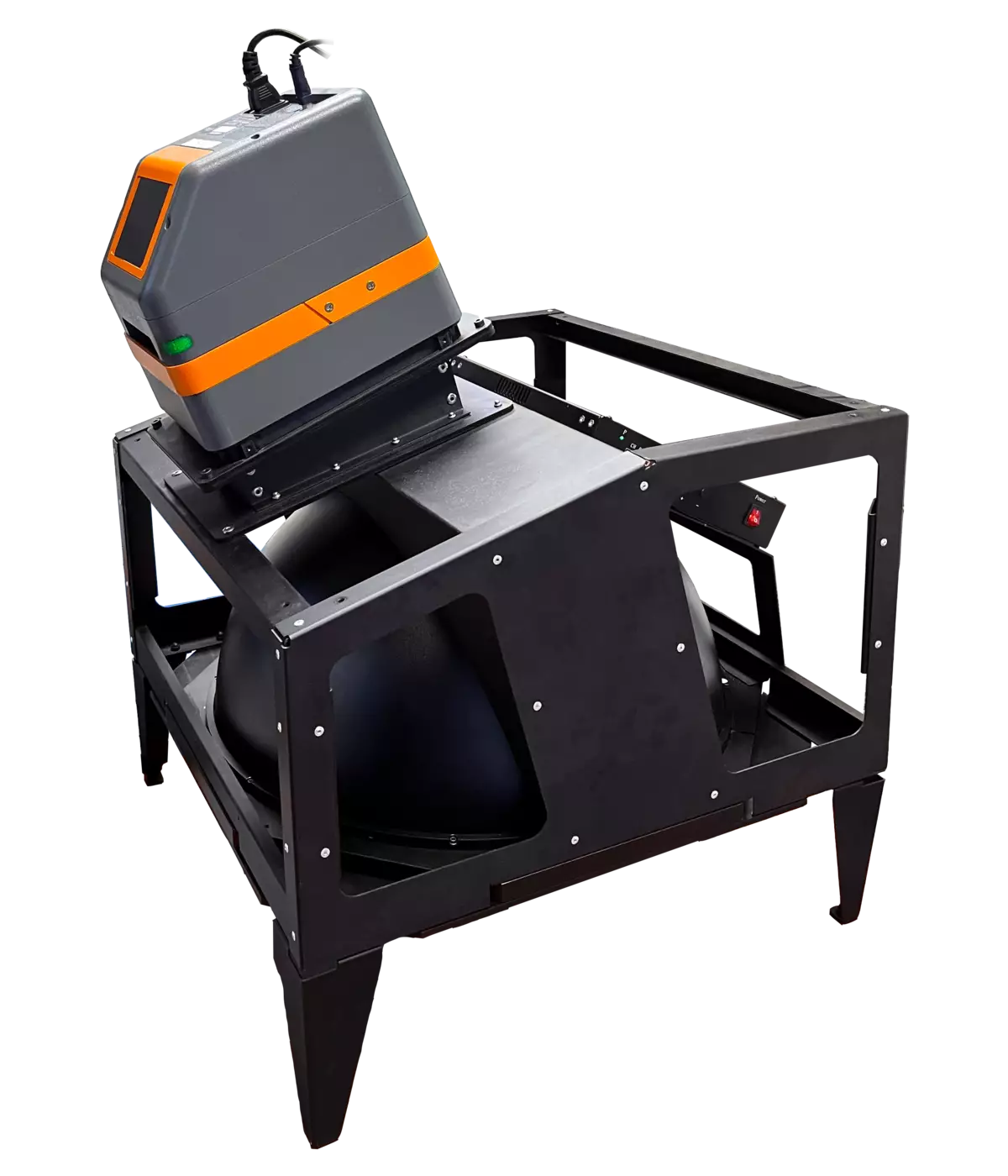
ACIS™: Area Color Inspection System. Image Credit: Radiant Vision Systems
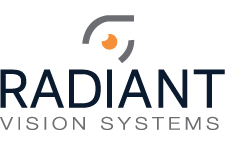
This information has been sourced, reviewed and adapted from materials provided by Radiant Vision Systems.
For more information on this source, please visit Radiant Vision Systems.